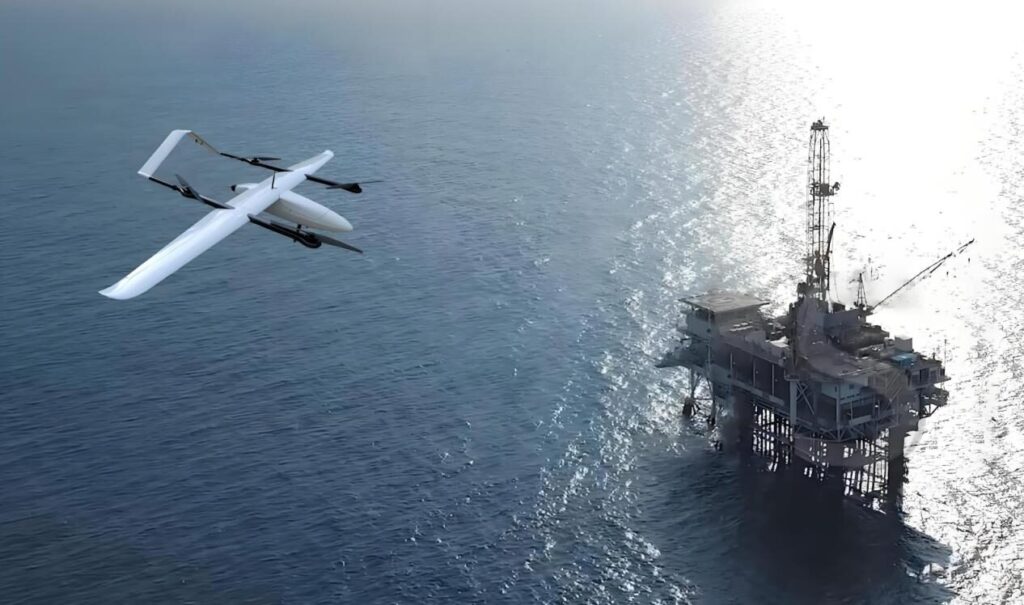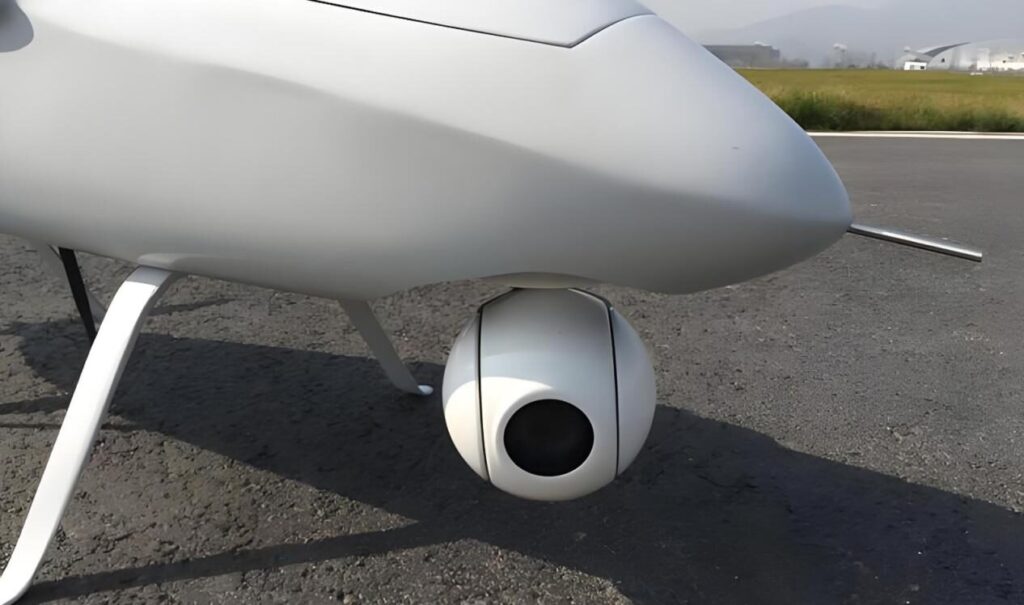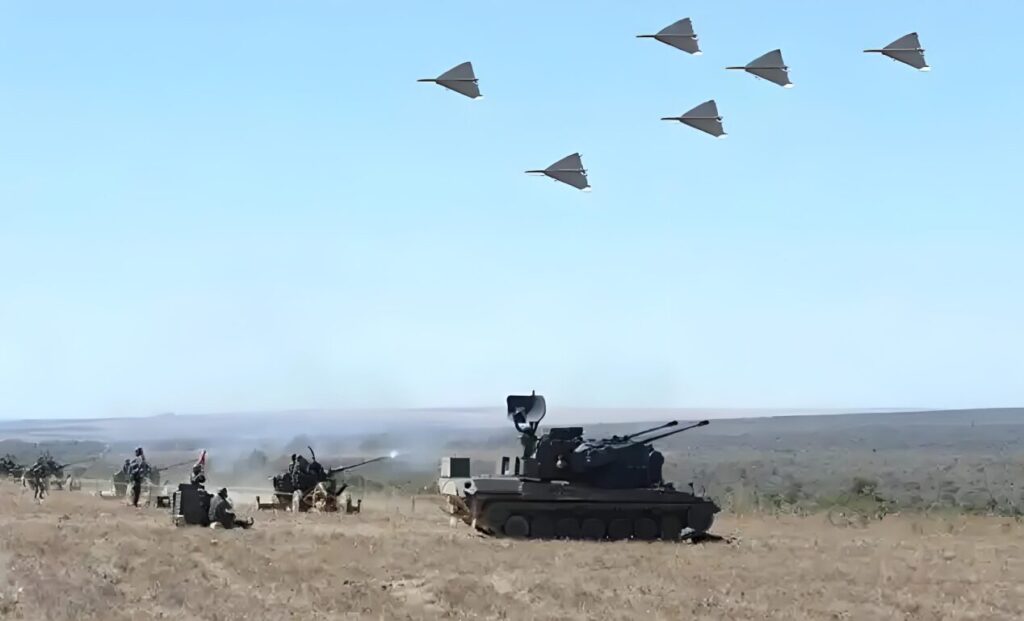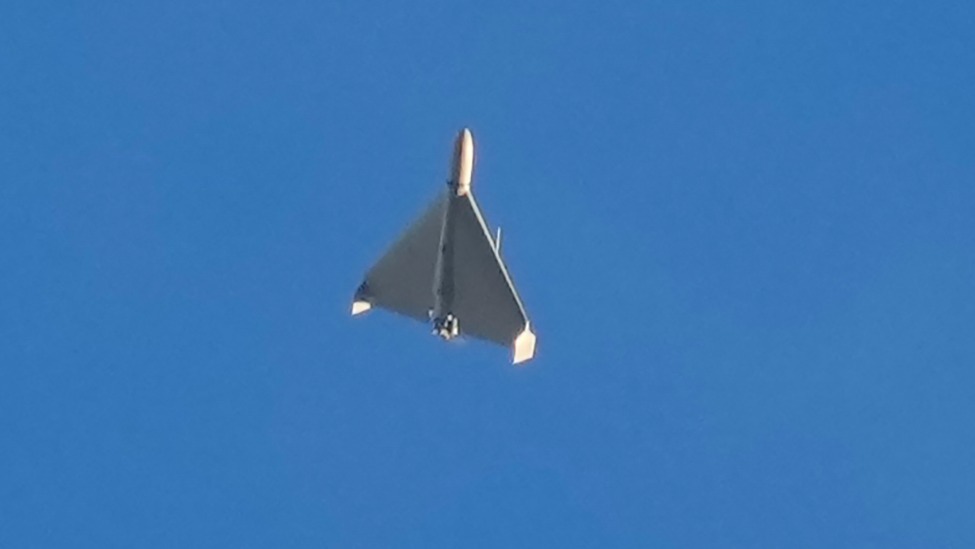Across vast and rugged border regions, complex terrains, harsh climates, and covert smuggling activities have long challenged the effectiveness of traditional surveillance methods. In recent years, patrol drones equipped with AI-powered autonomous recognition technology have emerged as a critical solution, offering 24/7, high-precision monitoring capabilities to combat cross-border smuggling.

Traditional surveillance relies on manual judgment, which is inefficient and prone to errors. AI technology equips drones with three core capabilities:
How Does AI Enable Drones to “See” the Border?
Behavioral Pattern Analysis: AI detects anomalies such as vehicles circumventing checkpoints or moving without lights at night, triggering automatic alerts.
Dynamic Target Classification: Deep learning models distinguish civilian vehicles, wildlife, and suspicious smuggling targets in real time, reducing false alarms to below 5%.
Infrared Penetration: Thermal imaging penetrates dense foliage, fog, and basic camouflage to pinpoint hidden targets.
Three Key Operational Scenarios for Border Surveillance
- Monitoring Dense Vegetation
Drones use multispectral sensors to scan ground heat sources, identifying targets concealed beneath thick tree canopies.
- Night and Extreme Weather Patrols
Infrared imaging combined with anti-interference algorithms ensures continuous operation during rain, snow, or sandstorms, eliminating blind spots in manual patrols.
- Cross-Channel Control
Drones conduct 24/7 surveillance of high-risk routes, autonomously tracking traffic flow and flagging suspicious stops or unusual gatherings.
Technological Edge: From “Human Waves” to “Smart Fences”
Compared to traditional methods like manual patrols or fixed cameras, AI-powered drones deliver unmatched advantages:
- Efficiency: A single drone covers up to 100 square kilometers, equivalent to 20 ground patrol teams.
- Cost Savings: Annual automated surveillance costs just one-third of conventional approaches.
- Real-Time Response: From detection to alert, latency is under two seconds, drastically reducing smugglers’ reaction time.

Future Evolution: Autonomy and Collaboration
Next-generation border surveillance drones will focus on two upgrades:
- Full Autonomy: AI will not only identify threats but also autonomously plan interception routes and coordinate with devices like automated barriers.
- Swarm Networking: Multi-drone collaboration will cover thousands of kilometers of borders, creating an integrated surveillance network through data sharing.
As industry reports state: “Within five years, AI-driven surveillance will replace 70% of traditional border security investments.” This shift represents not just a technological upgrade but a strategic transformation from passive defense to proactive threat prevention.


